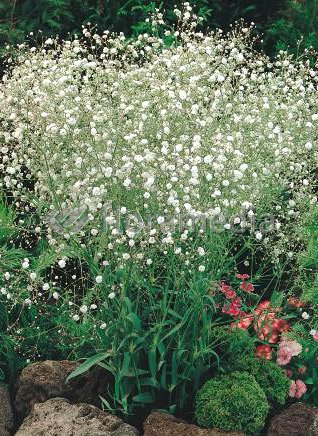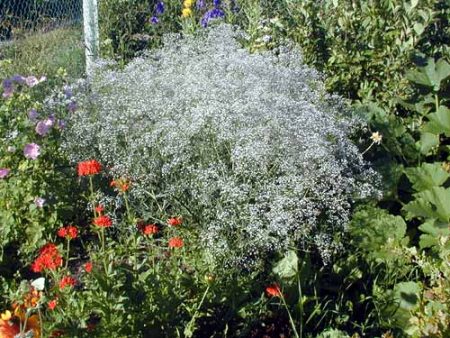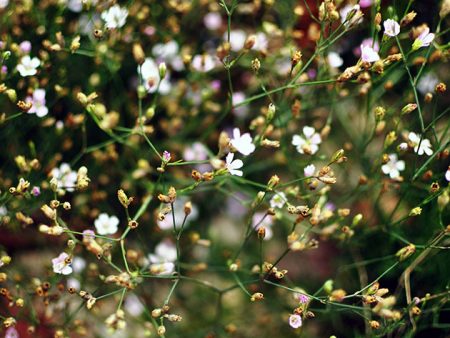 Gypsophila is an unusual, bewitching flower that attracts with its airiness. In appearance, Gypsophila resembles a large white dandelion or soft snow-white clouds. It is impossible to take your eyes off such a plant in the garden! Gypsophila: proper planting and care in the open ground (photo) will help grow this miracle even for beginner gardeners.
Gypsophila is an unusual, bewitching flower that attracts with its airiness. In appearance, Gypsophila resembles a large white dandelion or soft snow-white clouds. It is impossible to take your eyes off such a plant in the garden! Gypsophila: proper planting and care in the open ground (photo) will help grow this miracle even for beginner gardeners.
When to plant
Along with how to plant and care for Gypsophila, an equally important question is when to plant a plant. Indeed, all further flower growth depends on the timing of planting.
By the end of April and early May, flower seeds are planted on seedlings. The first seedlings will appear already in the second week from the moment of planting the seeds. As soon as the hypsophila seedlings grow up, it can be transplanted into the open ground, observing a distance of 15-50 centimeters from each other, depending on the type of flower. Usually, seedlings are already strong enough for planting in open ground by the end of May.
If to consider as a whole, then at landing and leaving (photo) gypsophila is unpretentious. An important role here is played by the choice of place and the soil in which the plant will be planted. This flower prefers loose soil with a good drainage system, dry, preferably sandy. If the soil is not dry enough, the plant may die from underground water sources. The place where the gypsophila will grow should be well lit by the sun.
Advice! Before planting in open ground, it is better to loosen the soil and pour sand with small pebbles into it.
On the eve of planting, the earth must be moistened, then plant the seeds of the plant in it and cover them with a thin layer of soil. Secrets of Success growing sparaxis flower.
How to care for a plant
In order to achieve a magnificent, long-lasting and beautiful flowering from a flower, attention must be paid to three points: watering, loosening and top dressing.

If there are hot summer days in the yard, then the flower should be watered abundantly, under the root. But as for dressing, it is necessary to fertilize the gypsophila twice a season, using mineral fertilizers. After flowering, the bushes must be carefully trimmed, leaving 3-5 stems near the root. How to save tulip bulbs before the distillation in March.
Diseases and Pests
Yes, Gypsophila is an unpretentious plant, but it is often attacked by various pests and diseases. The main enemies of this plant are gray rot, rust and a nematode. Most often, the problem is solved with the help of fungicides. In order to have less problems with diseases, special attention should be paid to soil moisture, lighting and substrate composition.

Planting and caring for gypsophila (photo) is not a complicated matter, but it requires attention and certain nuances. But, thanks to precisely these nuances, the plant will delight with its healthy appearance, abundant flowering and beauty!
Good luck in the garden!
